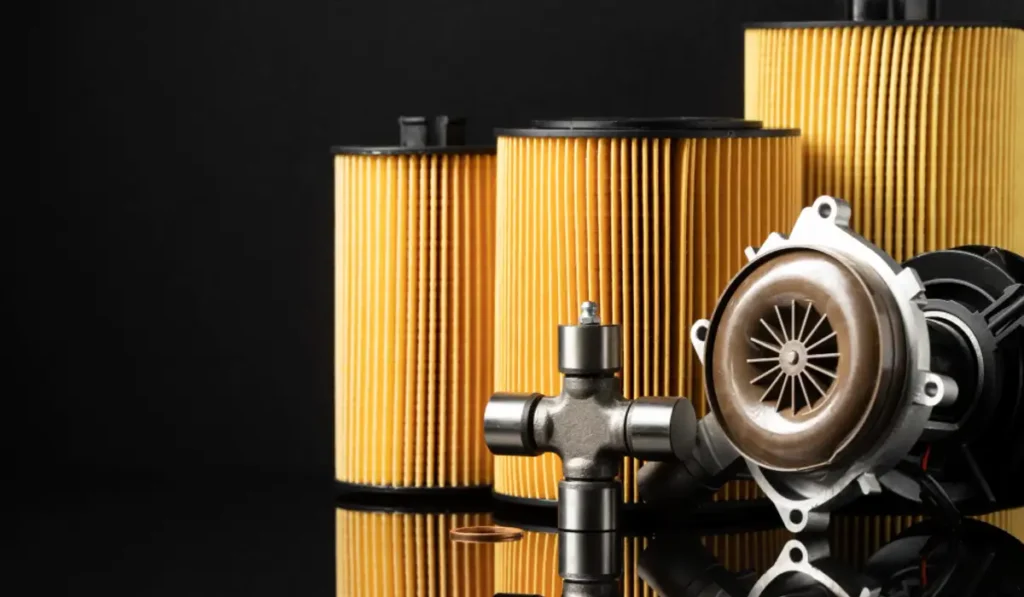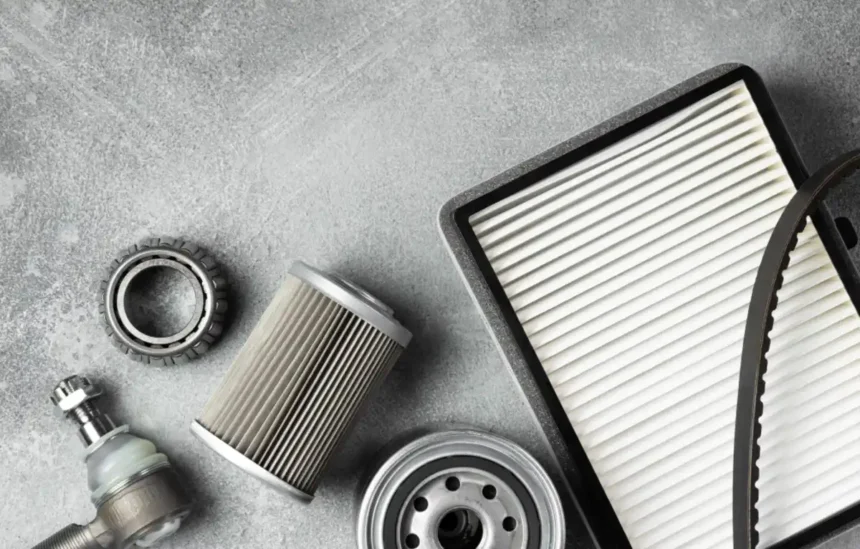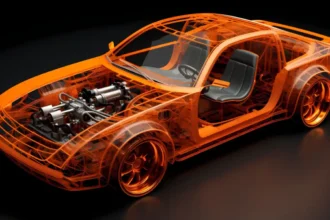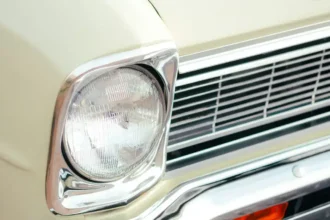Car’s Air Filter: Have you ever wondered why your car’s engine isn’t performing as well as it used to? Is your fuel efficiency dropping, or does your vehicle feel sluggish? The answer could lie in something as simple as your air filter. Checking and replacing your air filter is one of the easiest and most cost-effective ways to maintain your car’s performance and longevity.
In this guide, we’ll walk you through everything you need to know about how to check and replace your air filter, ensuring your car continues to run smoothly.
Why Is Your Car’s Air Filter So Important?
An air filter acts as your engine’s first line of defense, keeping dust, dirt, and debris from entering and damaging the engine. A clean air filter ensures the right mix of air and fuel, optimizing combustion, improving fuel efficiency, and maintaining engine power. Neglecting your air filter can lead to a range of issues, from reduced performance to long-term engine damage.
Signs That You Need to Check Your Car's Air Filter
How can you tell if your air filter needs attention? Here are some common symptoms:
- Reduced Engine Power: If your car feels underpowered, it could be a sign of restricted airflow due to a dirty air filter.
- Decreased Fuel Efficiency: A clogged filter can disrupt the air-fuel balance, causing your car to burn more fuel.
- Unusual Engine Sounds: A rough engine idle or odd noises might indicate your engine isn’t getting enough air.
- Check Engine Light: If your dashboard warning light is on, a dirty air filter could be the culprit.
- Dark Exhaust Smoke: This is often a sign of an air filter that’s long overdue for replacement.
Now that you know why it’s important to maintain your air filter, let’s dive into the process of checking and replacing it.
How to Check Your Car's Air Filter

Before you replace your air filter, you need to check its condition. This is a simple process that can be done in a few minutes with no special tools required. Here’s how:
Step 1: Locate the Air Filter Box
Your air filter is typically housed in a plastic or metal box near the engine. Look for a large box connected to the engine via a duct or hose. Refer to your car’s owner manual if you’re unsure.
Step 2: Open the Air Filter Box
Use the clips or screws to open the box. Be careful when removing the cover so as not to damage any nearby components.
Step 3: Inspect the Air Filter
Once you’ve exposed the air filter, gently remove it. Check for dust, dirt, or discoloration. If your air filter is gray or black, it’s likely time for a replacement.
Step 4: Shine a Light
If you’re unsure about the condition of your air filter, try shining a flashlight through it. If light barely passes through, it’s time for a new one.
List: Tools You Need to Check Your Air Filter
- Flashlight (for inspection)
- Screwdriver (if your air filter box is screwed shut)
When to Replace Your Car's Air Filter
Most manufacturers recommend replacing your air filter every 12,000 to 15,000 miles, but this can vary based on your driving conditions. If you frequently drive in dusty areas or on unpaved roads, you may need to replace your filter more often.
Table: Recommended Air Filter Replacement Intervals
| Driving Condition | Replacement Interval |
|---|---|
| Normal City/Highway Driving | Every 12,000 – 15,000 miles |
| Dusty or Off-Road Driving | Every 6,000 – 10,000 miles |
| Extreme Driving Conditions | Every 5,000 miles or sooner |
How to Replace Your Car's Air Filter: A Simple Guide
Replacing your air filter is as easy as checking it. Here’s how you can do it yourself:
Step 1: Purchase the Correct Air Filter
Your car’s owner manual will tell you the exact type and size of air filter you need. You can also check online or at an auto parts store for a direct replacement.
Step 2: Remove the Old Filter
With the air filter box open, simply pull the old filter out. Be cautious not to knock any dirt or debris into the air filter housing.
Step 3: Insert the New Filter
Place the new air filter in the same orientation as the old one. Ensure that it fits snugly into the filter box.
Step 4: Secure the Air Filter Box
Once the new filter is in place, close the air filter box and secure it with clips or screws.
Step 5: Test the Engine
Turn on your car and listen for any unusual sounds. If everything sounds normal, you’re good to go!
Read More: How Often Should You Rotate Your Tires?
Benefits of Replacing Your Car's Air Filter
Replacing your air filter regularly has multiple benefits:
- Improved Fuel Efficiency: A clean air filter can increase your car’s fuel economy by up to 10%.
- Enhanced Engine Performance: Your engine will receive the proper amount of air, boosting power.
- Extended Engine Life: By keeping debris out of the engine, you reduce wear and tear.
- Lower Emissions: A fresh air filter helps your car run cleaner, reducing harmful emissions.
Conclusion
Maintaining a clean air filter is one of the simplest yet most important aspects of car maintenance. It ensures your engine is running efficiently, helps improve fuel economy, and extends the life of your engine. Whether you’re checking your air filter for the first time or replacing it, following these simple steps will keep your car running smoothly.
So, the next time you perform routine car maintenance, don’t forget to check and replace your air filter. A small investment of time can save you from costly engine repairs down the road!








